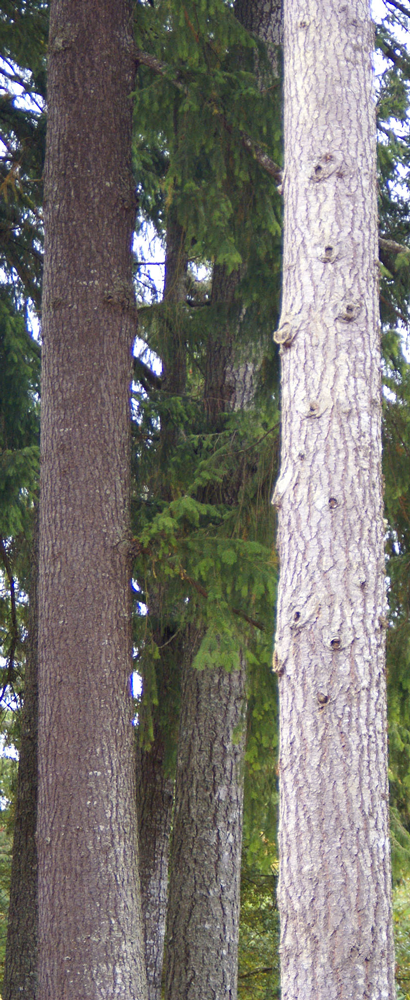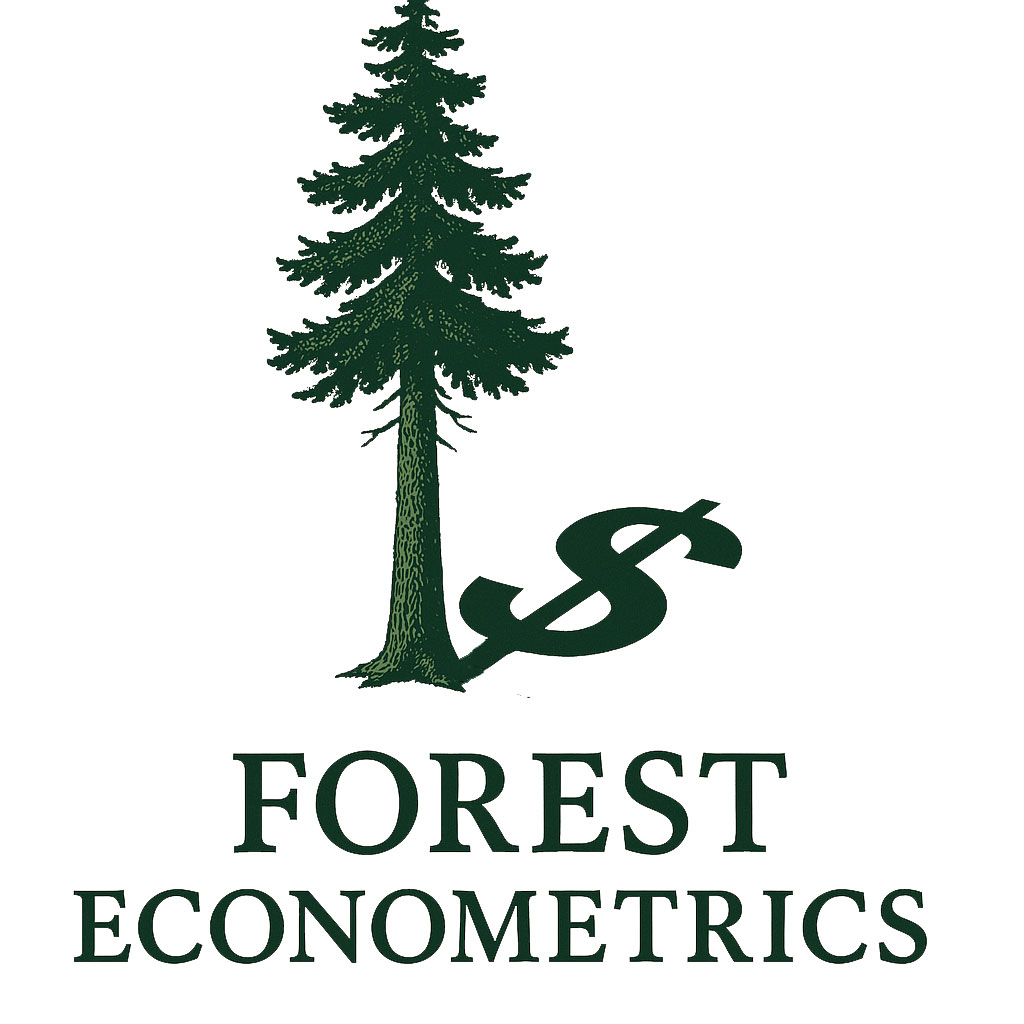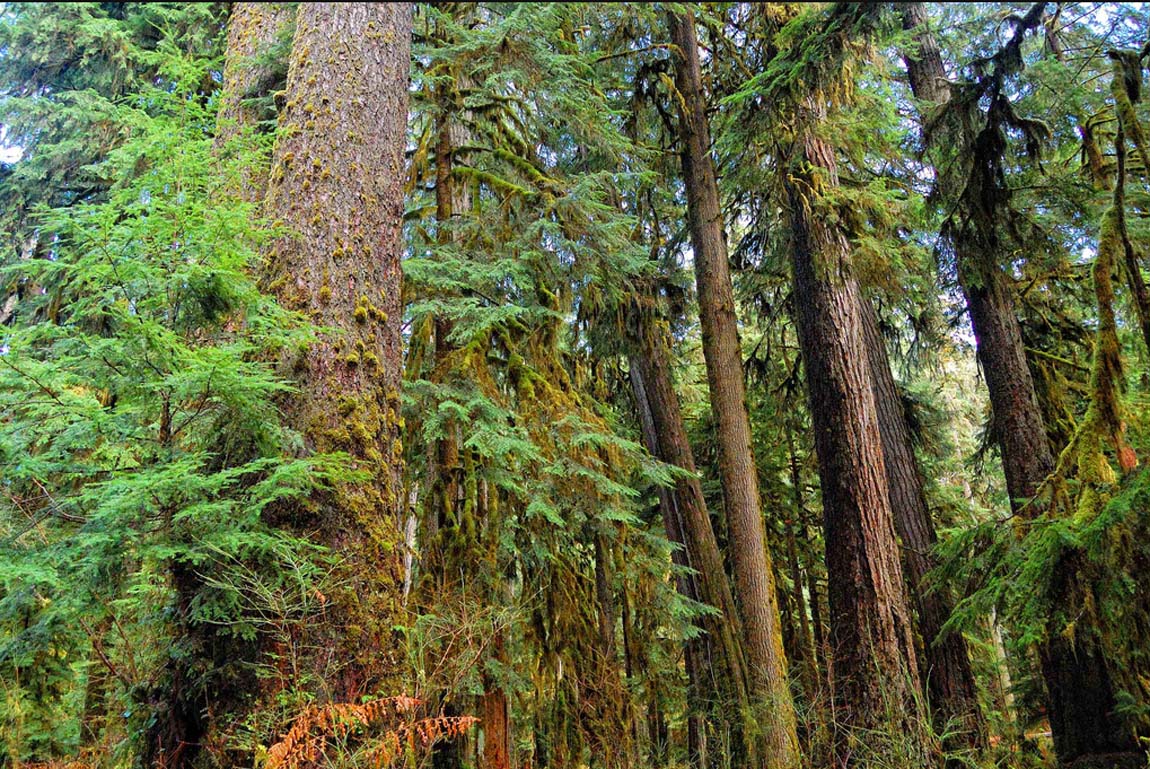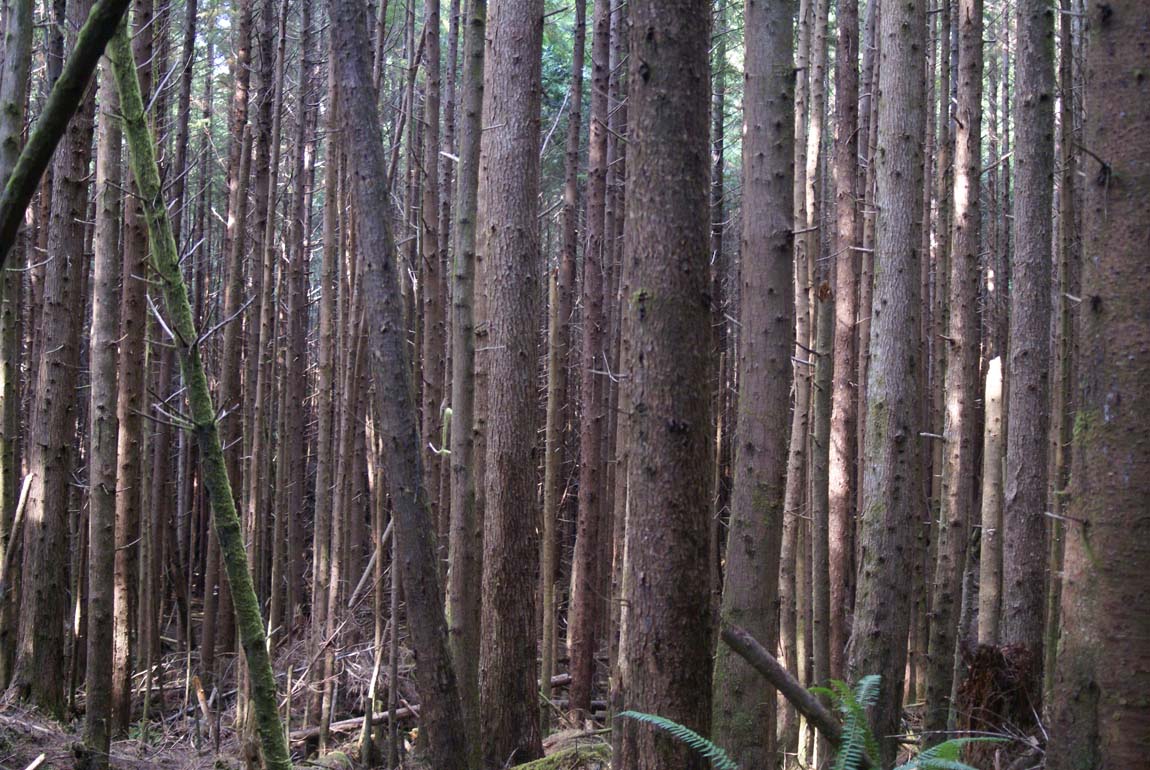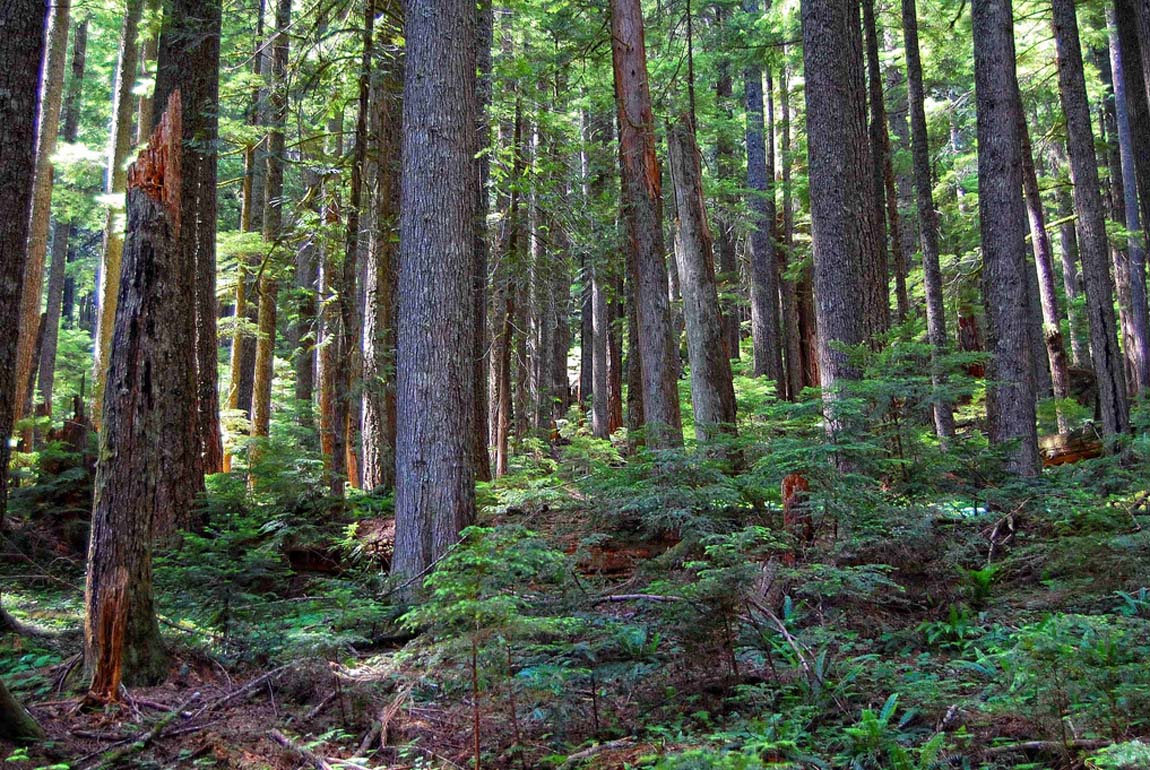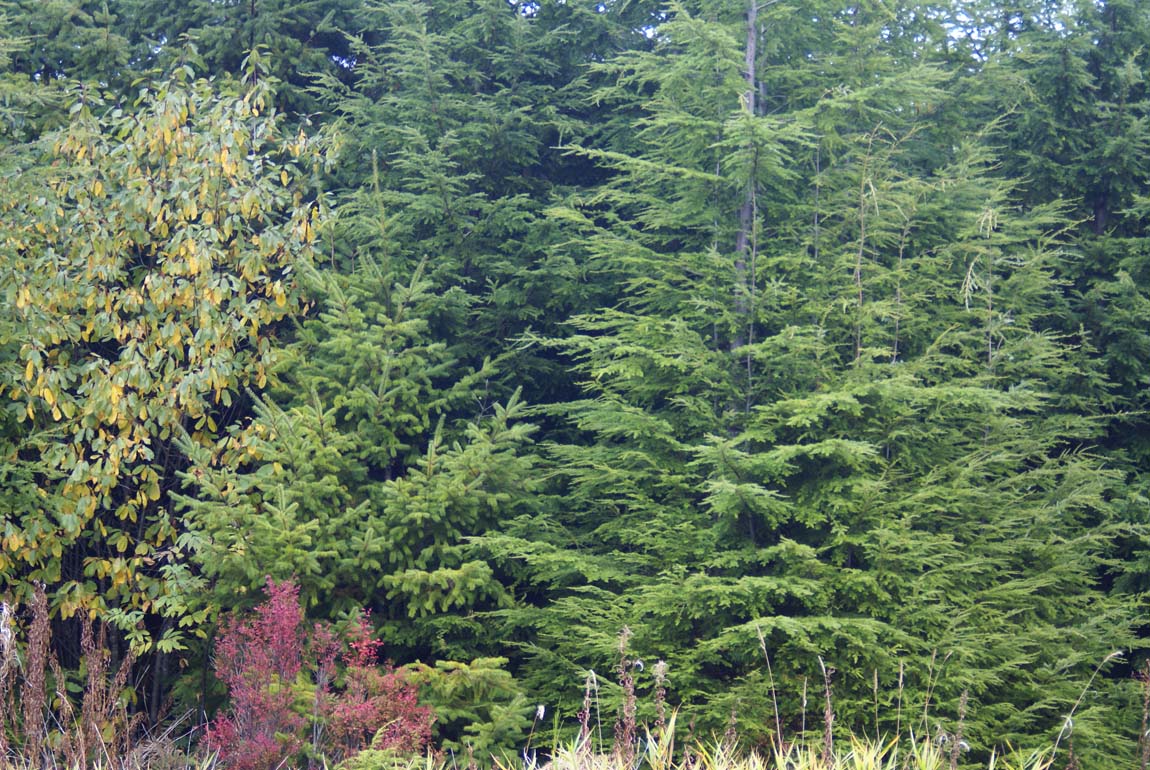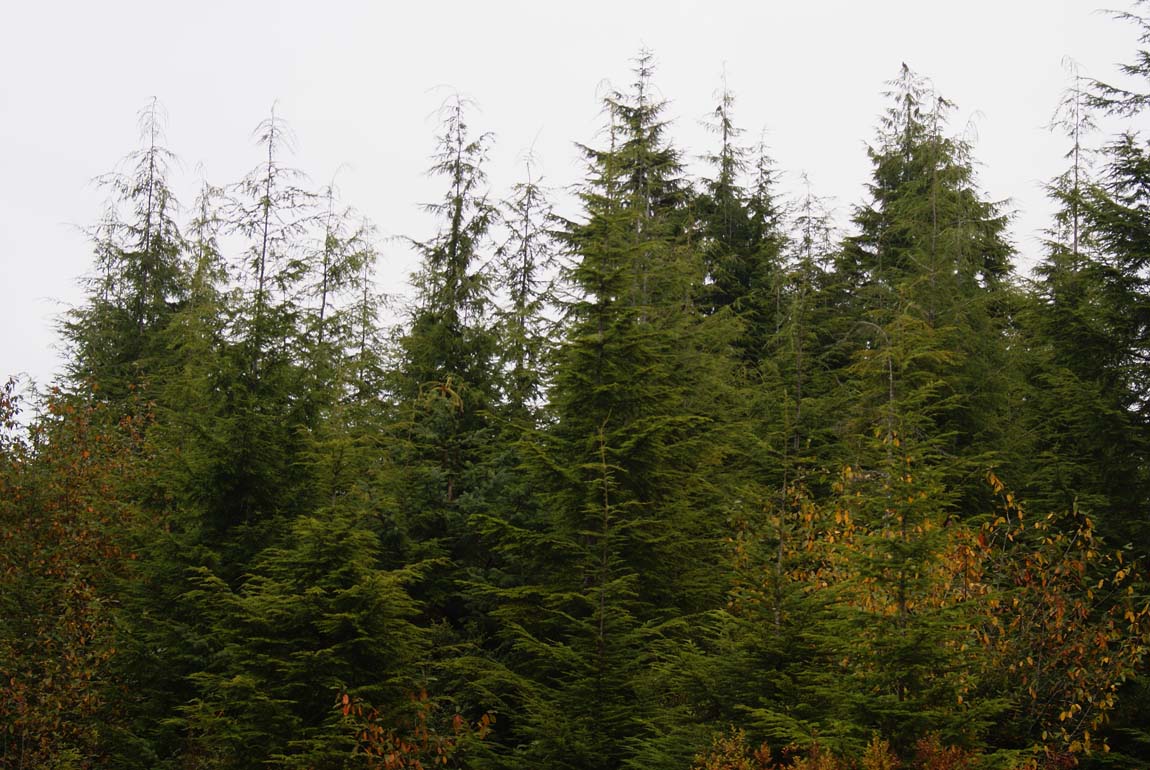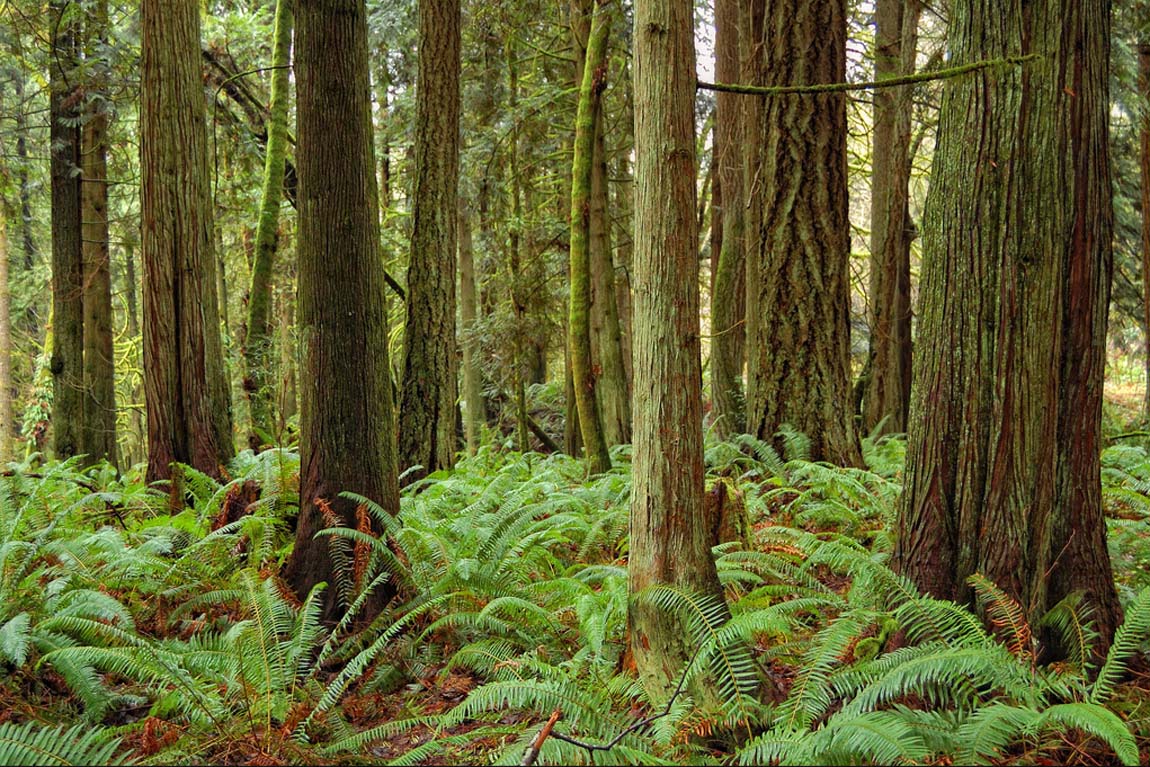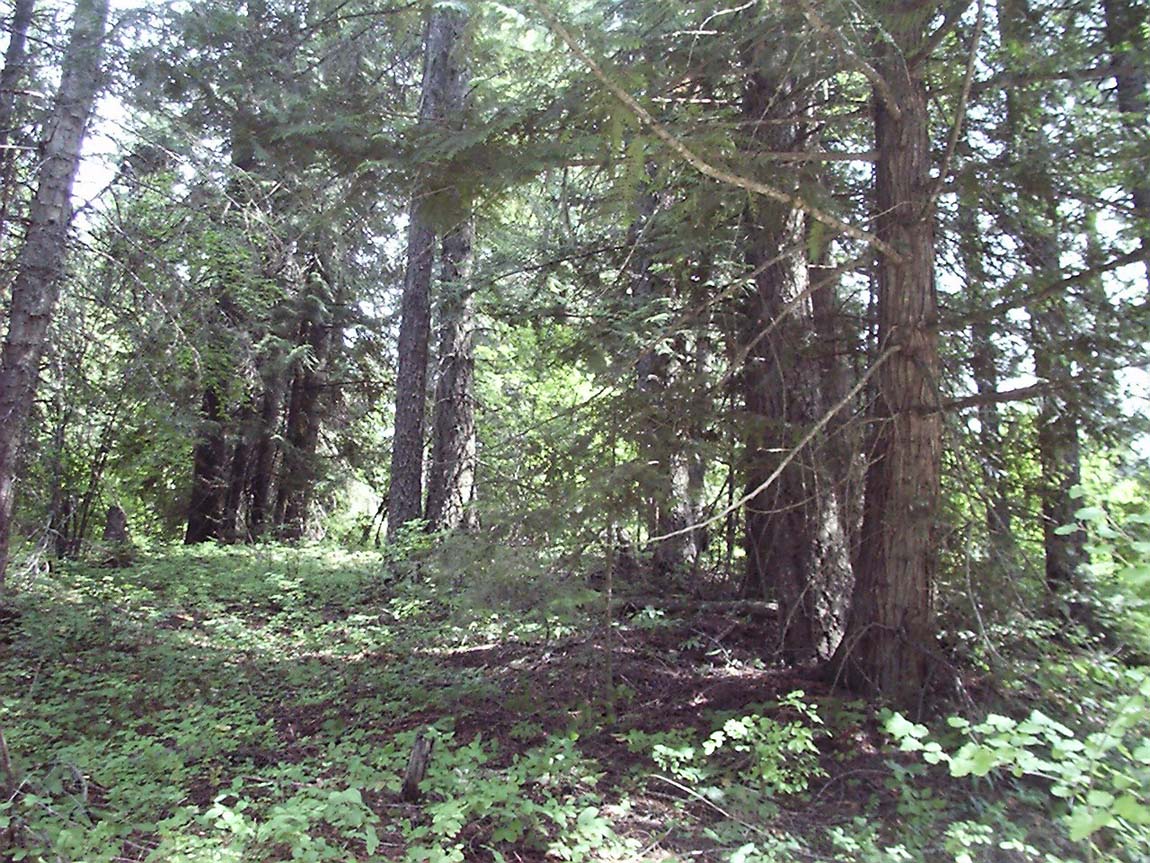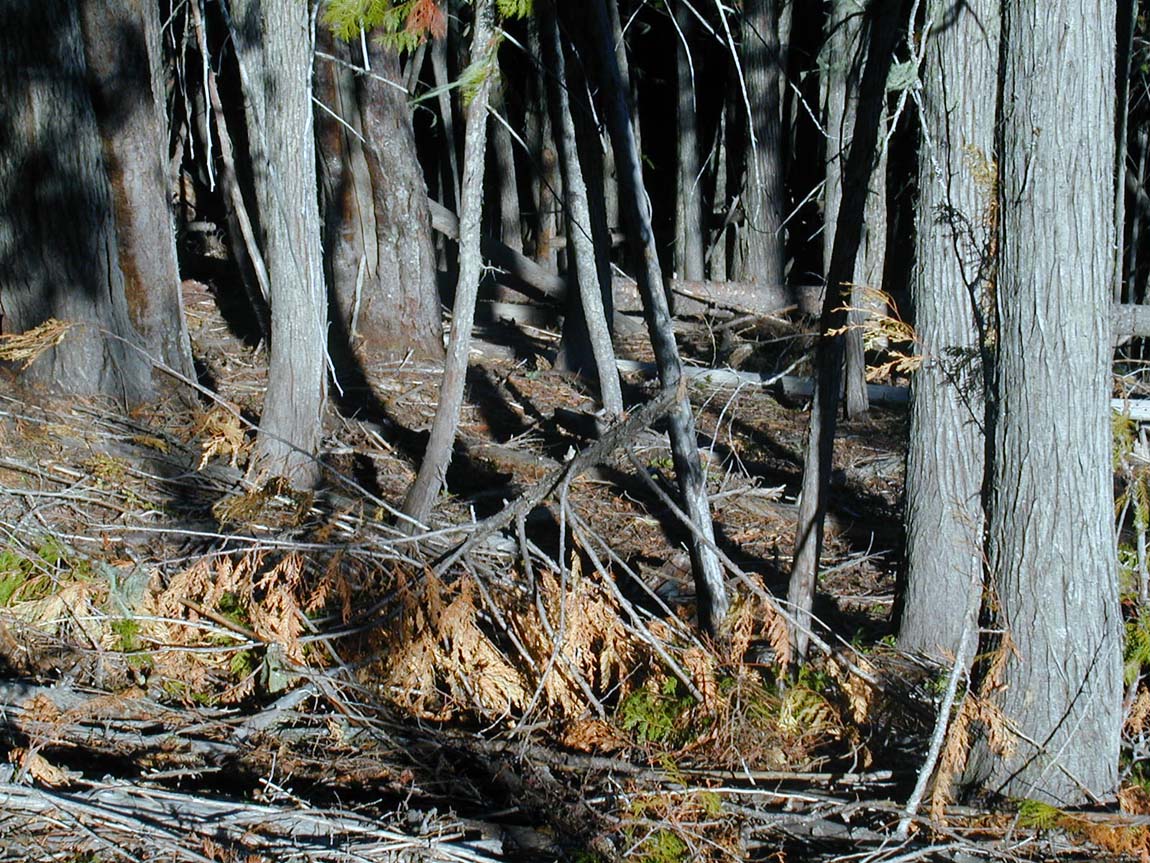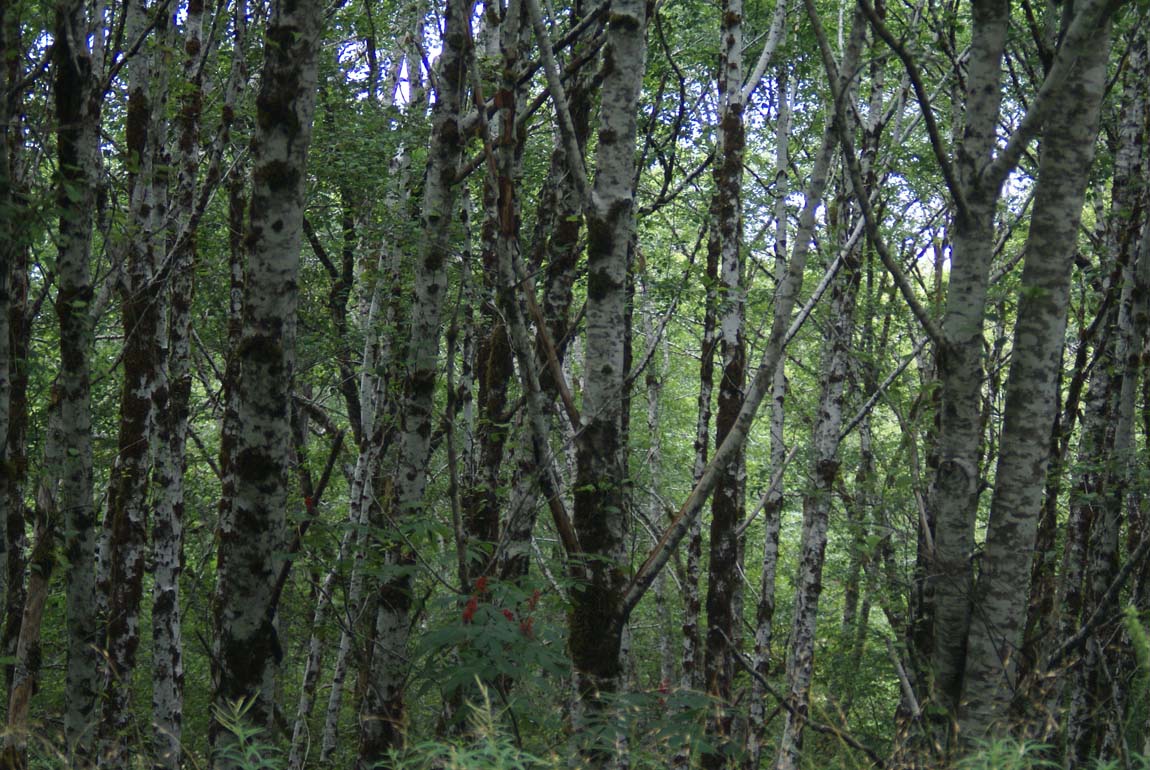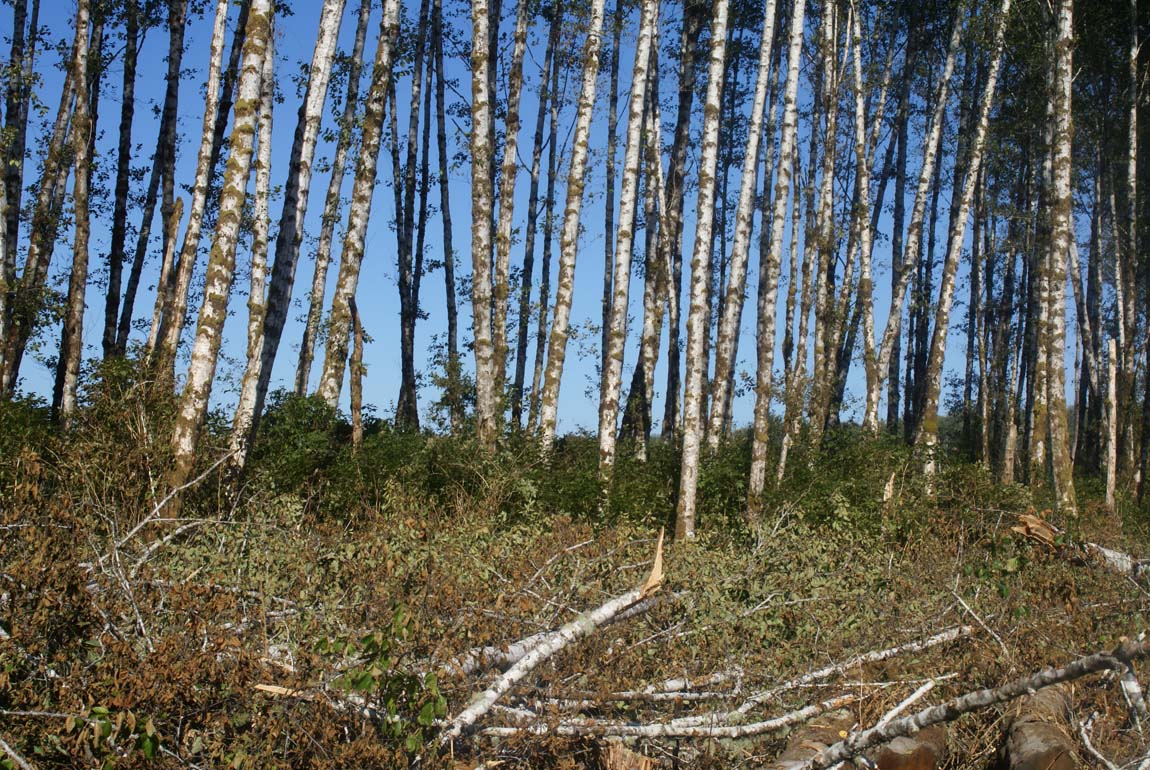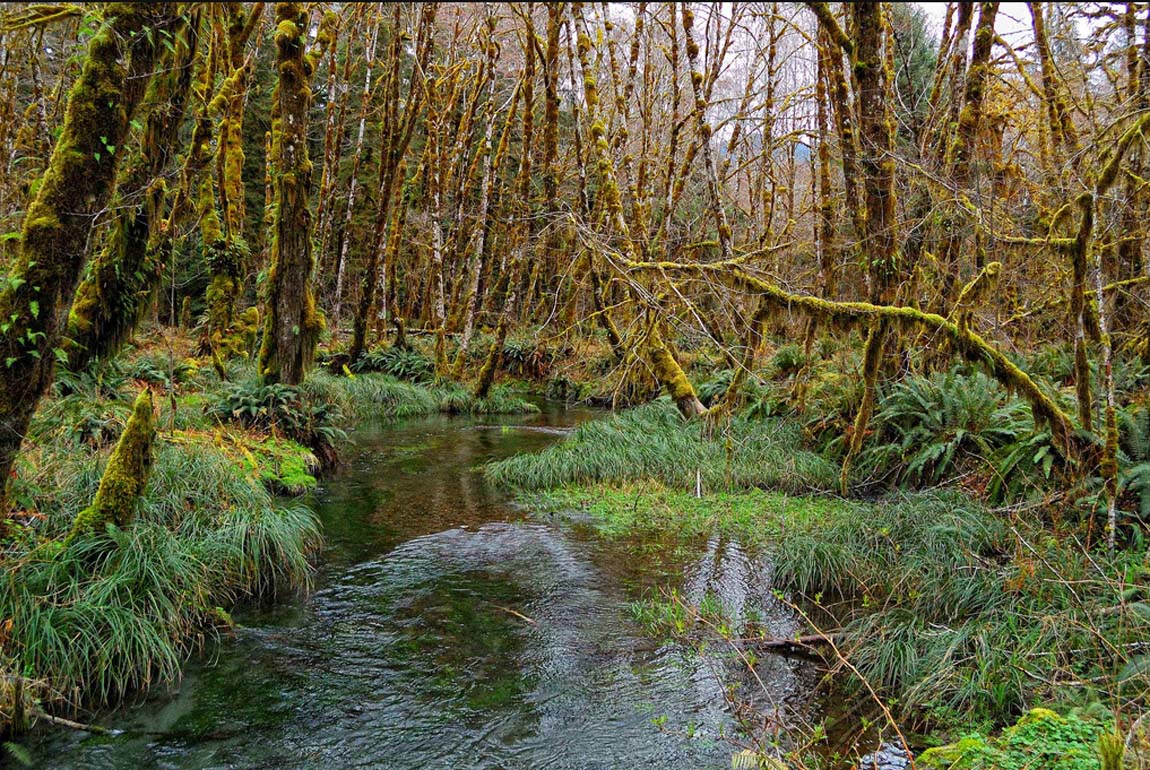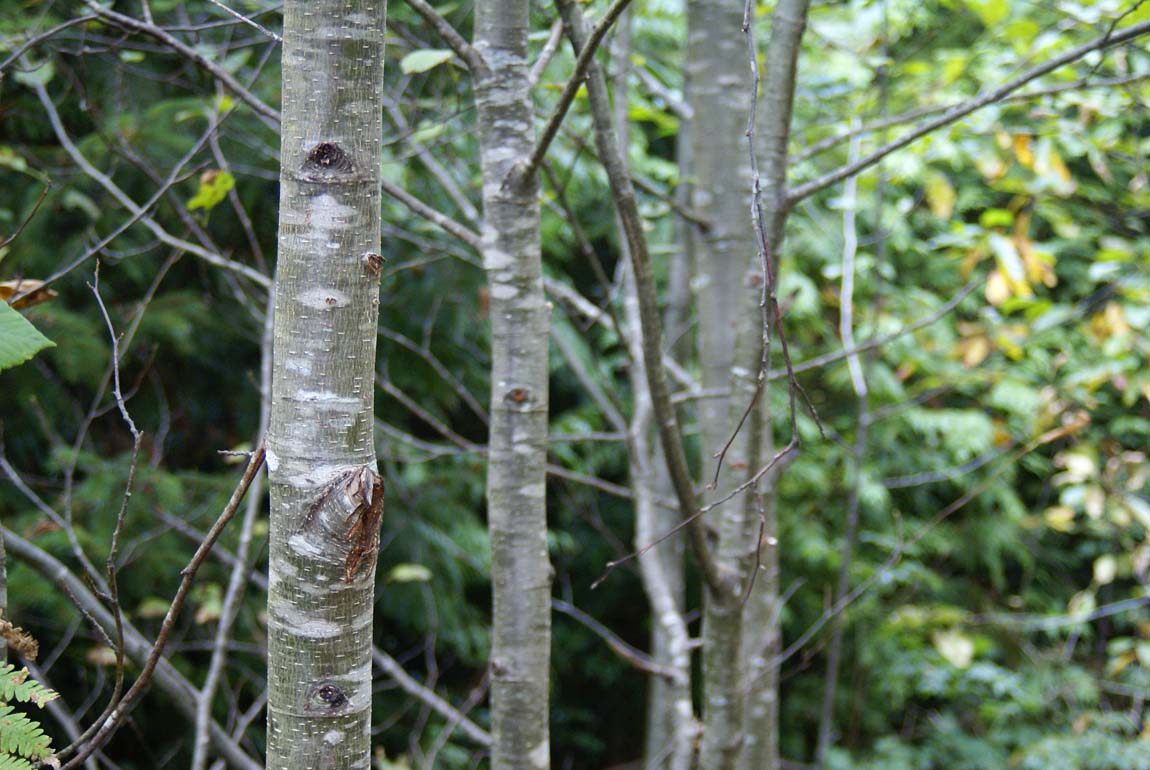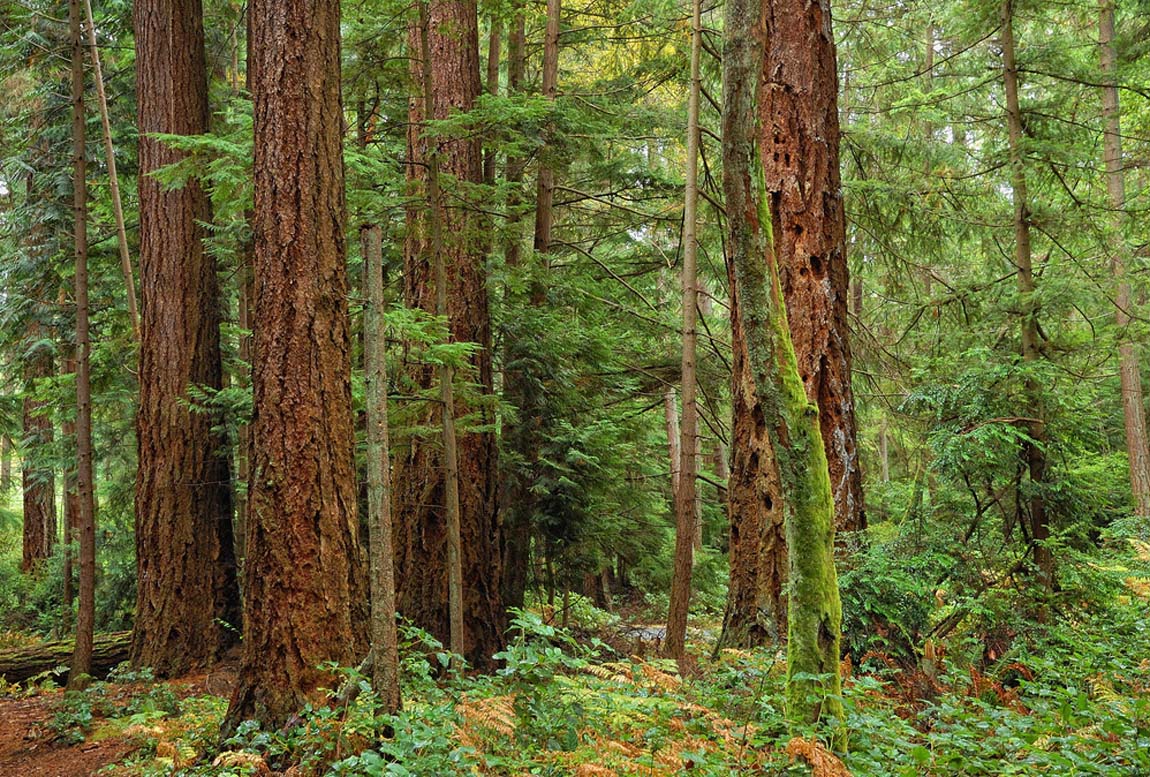Forest Economics
We are taking some liberties with the term "Economics" as we mix and mesh this name with symbols of currencies found around the world
Terms of economics and finance enter into discussions about forestry, and forest management. Non-governmental owners need to address the financial realities of owning forestlands. Counties, in the USA, charge a property tax annually that land owners must pay. The self-sustaining forestland property will respond to these questions to realize how each property creates the financial balance. The FRASS Platform is the forestland owner tool making forestland analytic econometrics a powerful management tool.



“Forest-o-nomics”
Now we can talk about the dismal science of Economics. This is a topic we really enjoy working in. We expresses how an enjoyable attribute, FORESTRY, becomes a source of human recreation, sustainable habitat for wildlife, birds, and fish. It also servs as a financial investment for this generation and all generations into the future. Analytic econometrics breathes life into the data and measurements we use.
Some investors will invest in forestlands with the intention to manage it as a ‘natural environment’ where trees will not be cut, natural conditions will prevail, and wildlife will be free to use it. If that is the goal of the landowner, then great! Nothing wrong with that, but it will cost more money to manage it, then it generates. However, the landowner might face some difficult decisions when insect populations grow to infect their pine trees that are overcrowded. When root rot spreads across the ownership because trees were susceptible to a specific fungus, alternatives are considered. It might come when wildfire threats grow on the property and on neighboring lands.
Forest thinning may be identified as a mitigation measure to reduce wildfire risks. This is not to say that timber harvests are the only solution. Instead, it is to offer a complete abstention alternative. These ideas form from the basis of Analytic Econometrics.
Since Time Immemorial
Forestlands have been a part of land culture since time immemorial when aboriginal people lived in and around forestlands. Forests were not exclusively lands of mystery, they were, and still are, a part of culture and traditions.
When European settlements in North America spread from East to West, timber harvests often led the path. Although other amenities often called settlers to the western lands (gold), forestry was a persistent attribute as it provided fuel for heating and cooking. In time, forests provided lumber for homes, and protection from the elements. After about 1850, reforestation and forest management began to take a stronger position in the land management ethic. Communities, cities, and states were built around forest management, timber harvest, and lumber milling.
Ownership Matters
Forestland owners are people, businesses, agencies, and organizations dedicated to managing forestland assets. While Indian tribes, states, and federal agencies in the USA do not pay property taxes on the forestland they manage, industrial and private forestland owners do. These categories of owners are often called Industrial Forestland and Non-Industrial Private Forestland (NIPF) owners.
Profitability in forestland ownership is a goal sought by many who have made the investment of their financial resources in forestlands. Even owners who abstain from cutting trees will ultimately need to consider financial realities. Eventually, all trade-offs face fiscal realities.
The FRASS Platform is the tool of those forestland owners seeking to make forestland ownership a profitable enterprise: Forest Econometrics. Throughout this web domain, you will read how geospatial data express the physical site characteristics of each property. It comes in terms of geology, soils, slope, aspect, elevation, precipitation, temperature, and timber stands established and in place right-now and into the future. You will see how we make biometric Growth & Yield prognostications a fundamental component. This is the economic picture of each timber stand on each parcel of land.
Analytic Econometrics
Economic realities arrange this pedestal, making a firm 3-legged stool of stability. This is accomplished by making economic forecasts to match the biometric growth rates found on properties. It includes expectations of the landowners who own forestlands. That last component, people, is a critical factor of the forest management and profitability equation. The expectation of industrial forestland owners is different from the financial return expectations of NIPF owners. Both are different than the federal and state forestland ownership cadre. Even when the public ownership category is transferred to states or Indian tribes, the financial return expectations change. But they always carry the tone of importance and are considered in Analytic Econometric terms.
Planting trees in economic soils
Within this Forest Econometrics domain, you will discover how Microeconomics, Macroeconomics, and International Economics are blended into the realities of active forest management decision making. In order to accomplish financial profitability, we have made aggressive and purposeful advancement of actionable decision making procedures. In this section, you will read about the Real Price Appreciation (RPA) Forecast Tool that has illuminated insights to delivered log price predictions through market cycles.
These cycle predictions are made within each market where timber logs are sold to ultimate buyers: generally to mills and log exporters. In association with the RPA Forecast Tool, we have assembled the Real Cost Appreciation (RCA) Forecast Tool to predict changes in cost components common to forest management and timber harvest. By blending these price and cost forecasts into alignment with biometric realities on each property, specific to each timber stand on that property, we achieve a meaningful measure of property value.
These price predictions are scattered through time as the forestland assets mature. However, the economic realities of each forestland owner reveal how the time value of money affects financial decisions made. This single attribute gives cause to why a large timber company will harvest the same forestland sooner than a state agency, or a tribal forest management department, or a NIPF owner would. Here we find out why.
Spend time in this section of the Forest Econometrics domain. In the FRASS Platform, you will see it in action, ON YOUR FORESTLANDS.
